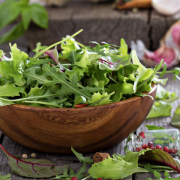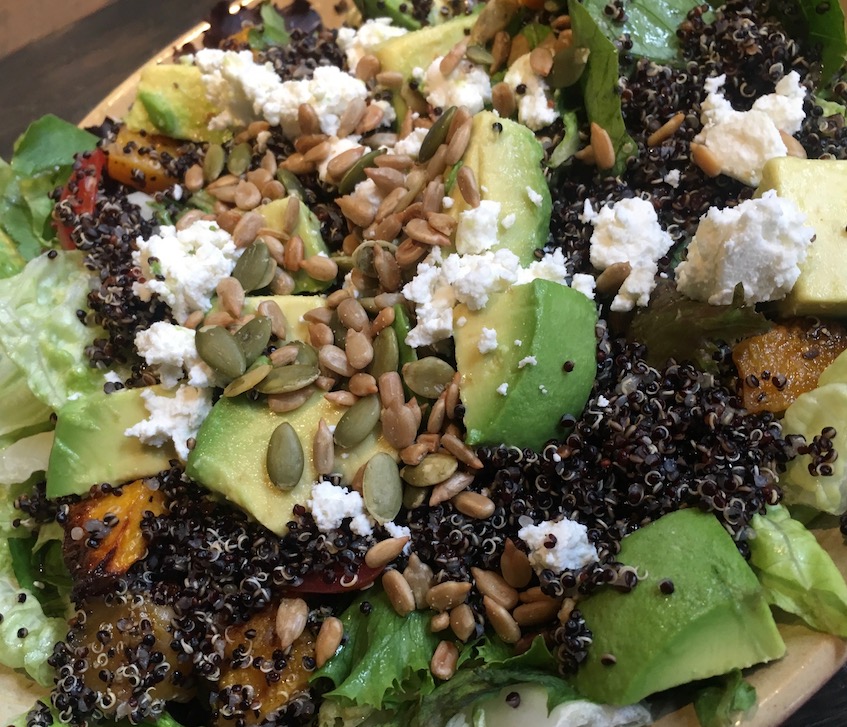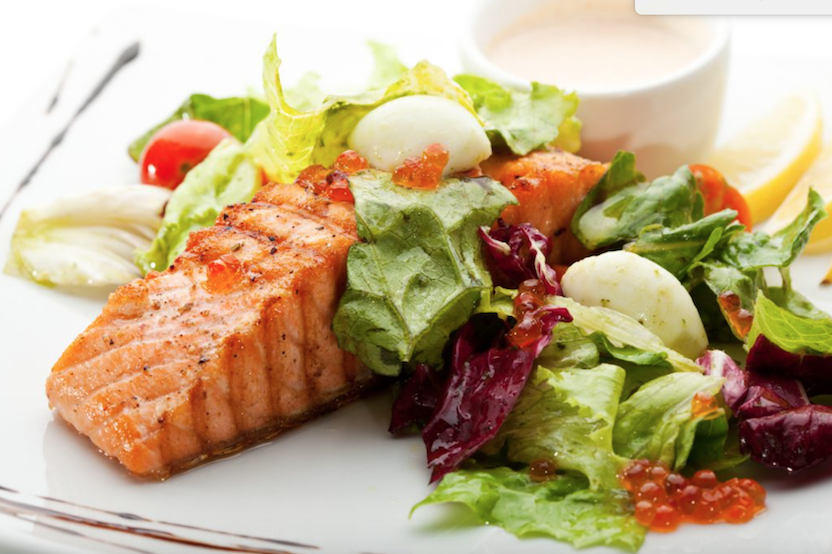The “serving size” of a packaged product is always shown at the very top of the Nutrition Facts label. This is essentially the amount of food recommended to account for one serving. Serving sizes are typically listed in pieces, grams, ounces, tablespoons, cups or other common units of measurement. For instance, a serving of baby carrots might be listed as 12 pieces while a serving of pre-popped popcorn might be listed as 3 cups.
The “servings per container” value is usually displayed right after the serving size. This refers to the amount of servings housed in a single product package.
Related Article: Tip to Dieters: Beware of Empty Calorie Foods
The servings per container will vary from product to product, as there may be two, ten, twenty or more servings in a single package. This is especially important to note when considering the amount of calories, sugar and other ingredients contained in a given food. Oftentimes, food manufacturers will recommend unrealistically small serving sizes so that the calorie counts and general nutrient compositions appear reasonable.
The servings per container will vary from product to product, as there may be two, ten, twenty or more servings in a single package. This is especially important to note when considering the amount of calories, sugar and other ingredients contained in a given food. Oftentimes, food manufacturers recommend unrealistically small serving sizes so that the calorie counts and general nutrient compositions appear reasonable.
This is why it’s always important to read food labels carefully and monitor your portion sizes.
Related Article: Simple Strategies for Deciphering Food Labels
I recall watching a friend of mine consume an entire bag of trail mix, assuming that it was a healthier alternative to chips. While this is true, I explained to her that trail mix could put a real hurt on the calorie budget when eaten haphazardly. She disagreed, emphasizing that it was only 160 calories in a bag. But, she failed to realize that this amount accounted for just one serving and there were actually five in the bag she ate.
It was a small bag too!
I see people do this all the time with seemingly harmless foods like cereal, snack crackers, and condiments like ketchup and barbecue sauce. Even if you’re eating otherwise healthy foods, misjudging portion sizes can lead to overeating and unnecessary weight gain so get into the habit of tracking both the serving size and servings per container in any and all foods you eat.
Related Article: Portion Size Essentials for Weight Management







